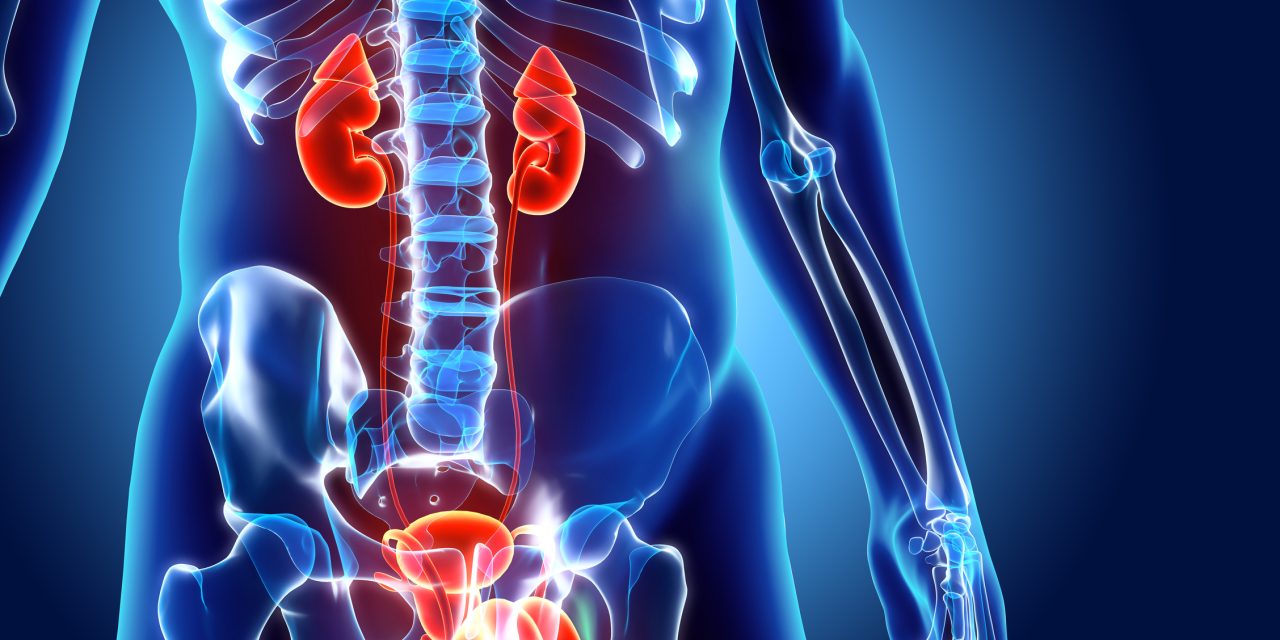Prostatic urethral lift (PUL) is an accepted treatment modality for benign prostatic hyperplasia (BPH) and is currently recommended for surgical management of prostates 80 gram also receive PUL. A substantial number of these patients may requirement re-treatment for recurrent or persistent lower urinary tract symptoms (LUTS) after PUL. Patients with larger prostates who fail PUL might be better managed with endoscopic enucleation which is a size-independent modality for treatment of BPH. Endoscopic enucleation can be accomplished via a variety of energy sources. Thulium fiber laser is a new addition to urologist armamentarium for endoscopic enucleation of prostate. We hereby present a video demonstrating salvage thulium fiber laser enucleation of 198 cc prostate in a men with history of prior PUL.
A 66 year-old male presented with a history of recurrent urine retention after prior PUL done 2 years prior at an outside institution. Pre-operative international prostate symptom score (IPSS) was 13, maximum uroflow rate was 6.1 ml/sec, residual urine was 26 ml despite maximal medical management. MRI demonstrated a 198 gram prostate and PSA was 13.4 ng/dl with negative prostate biopsy. After a detailed discussion of options, he elected endoscopic enucleation. We employed a 550-micron Soltive superpulsed laser fiber set at 2 J and 30 Hz to perform en-bloc enucleation of prostate, and morcellation was performed with the VersaCut Morcellator. We edited the video to demonstrate the technical nuances of this procedure.
Surgery was uneventful with enucleation time of 70 minutes and morcellation time of 142 minutes. Implants encountered during enucleation were easily separated with the thulium fiber laser. No attempt was made to remove implants segments extending beyond the plane of enucleation. Morcellation was challenging, with evidence of damage to morcellation probes requiring replacement of 3 morcellator probes. The patient was discharged on post-operative day one after successful voiding trial. At six-week follow up, his IPSS of 3 with maximum urinary flow rate of 50 mL/sec. He reported no urinary incontinence and his pathology demonstrated BPH.
This video demonstrates the feasibility of thulium fiber laser enucleation of prostate after PUL, however the findings need to be reproduced in cohort studies. It also demonstrates difficulties encountered during morcellation. For smaller prostates, vaporization may be preferable, thereby avoiding difficulties associated with morcellation.
Copyright © 2021. Published by Elsevier Inc.
Salvage Enbloc Thulium Fiber Laser Enucleation of Prostate for Giant Prostatomegaly after Prostatic Urethral Lift.


